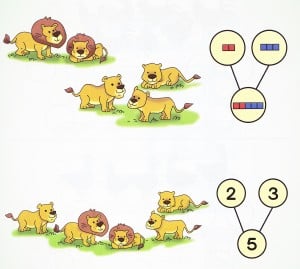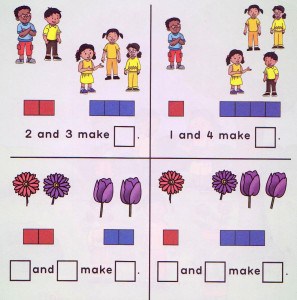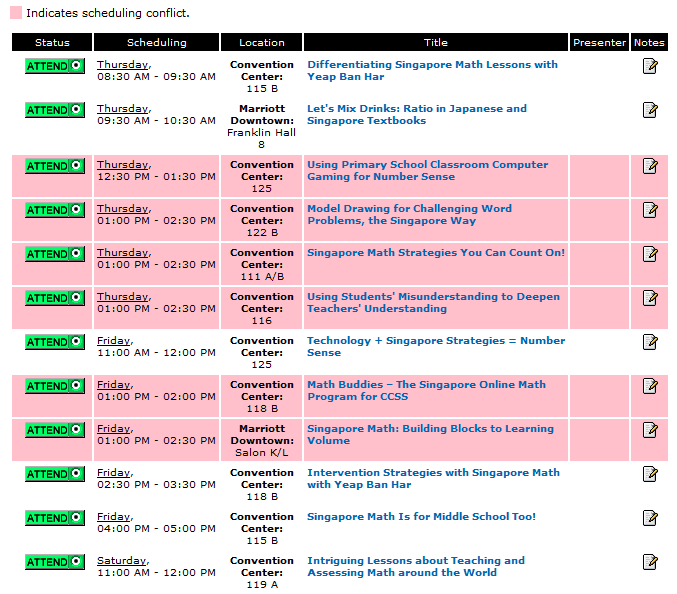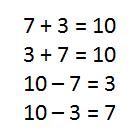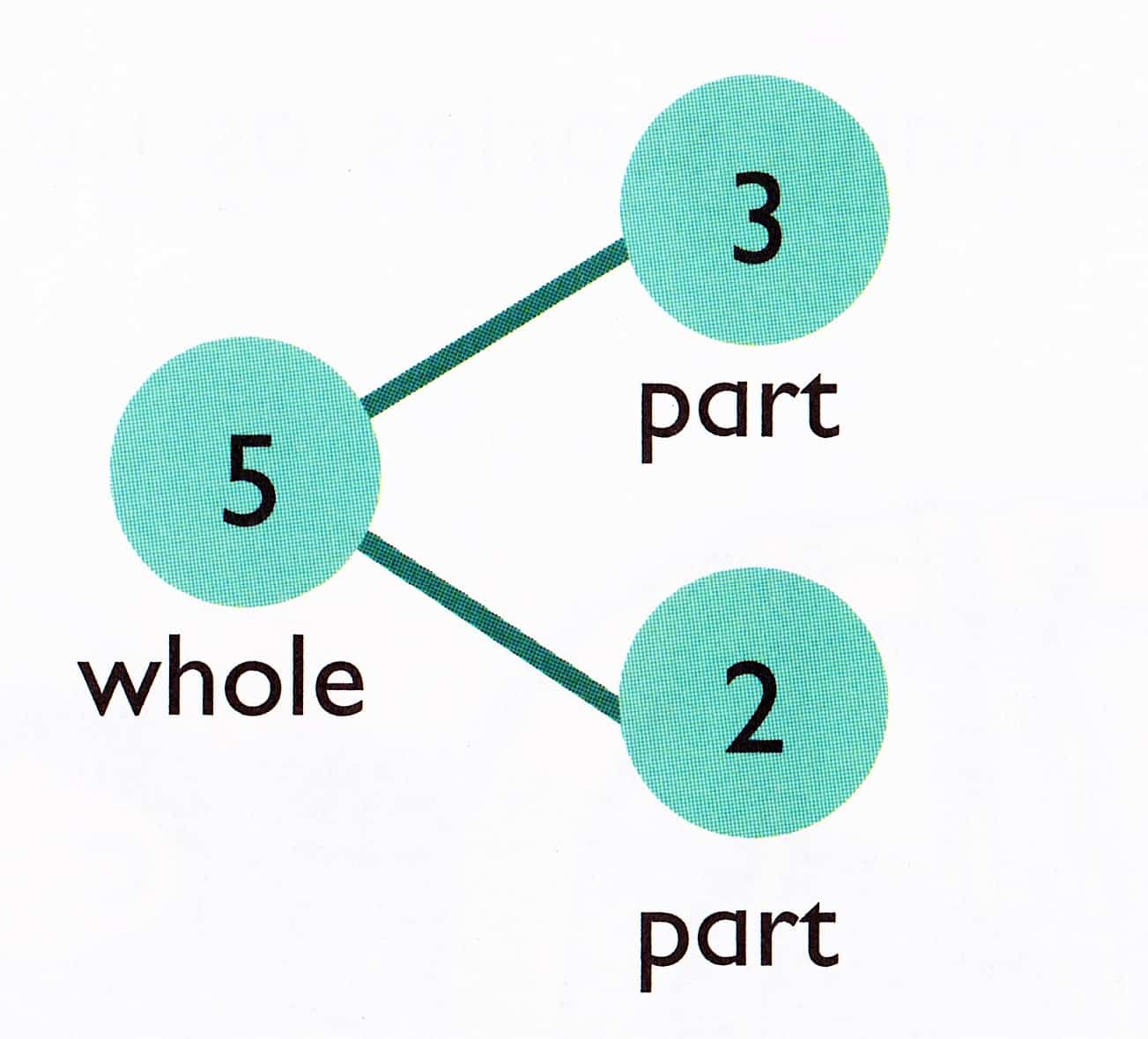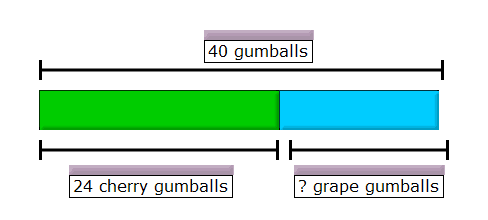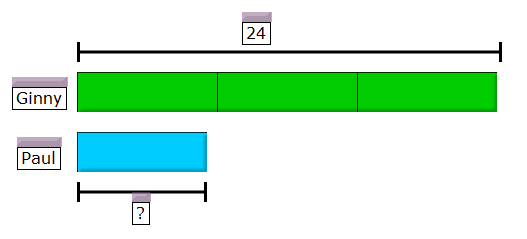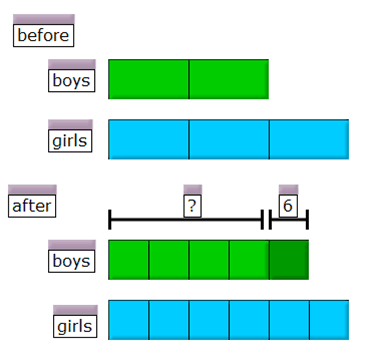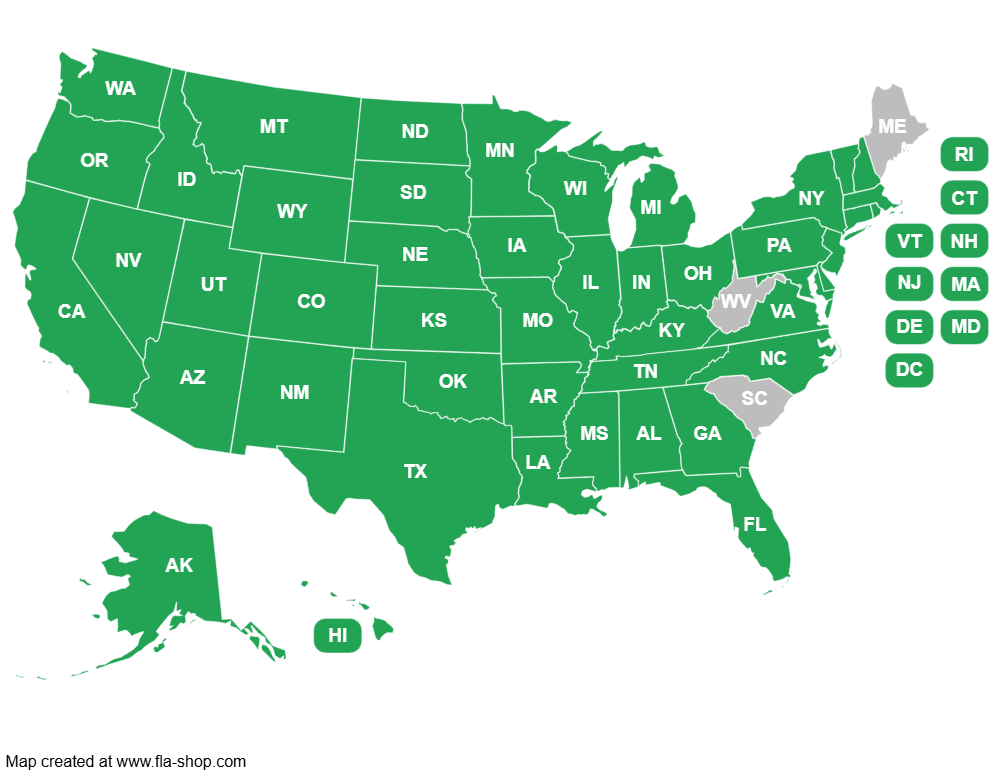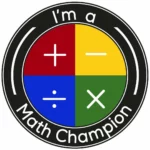Last month I presented with Lauri Susi of Conceptua Math at the National Council of Teachers of Mathematics (NCTM) 2012 conference in on Technology + Singapore Strategies = Number Sense
While planning the session, I noticed that there are many websites and apps available that are basically computation or fact practice. I think of them as “video flash cards”. Then there were websites designed to do what a teacher should be doing, teach. Sites like Khan Academy, Aleks, and other video tutorial sites. What I really needed were websites and apps that could support me, as a teacher, in the classroom.
If I’m teaching addition with regrouping and need a good interactive place value chart, where do I find one that I could use in a classroom, during a lesson?
Where could I find some good fraction representations?
This session is the result of digging for those apps and websites.
Because it was an interactive session, the powerpoint below is not too exciting, but it does have links to most of the online tools and apps that we demonstrated in the session.
Technology + Singapore Math = Number Sense
We got to spend some time investigating free fraction tools from Conceptua Math.
